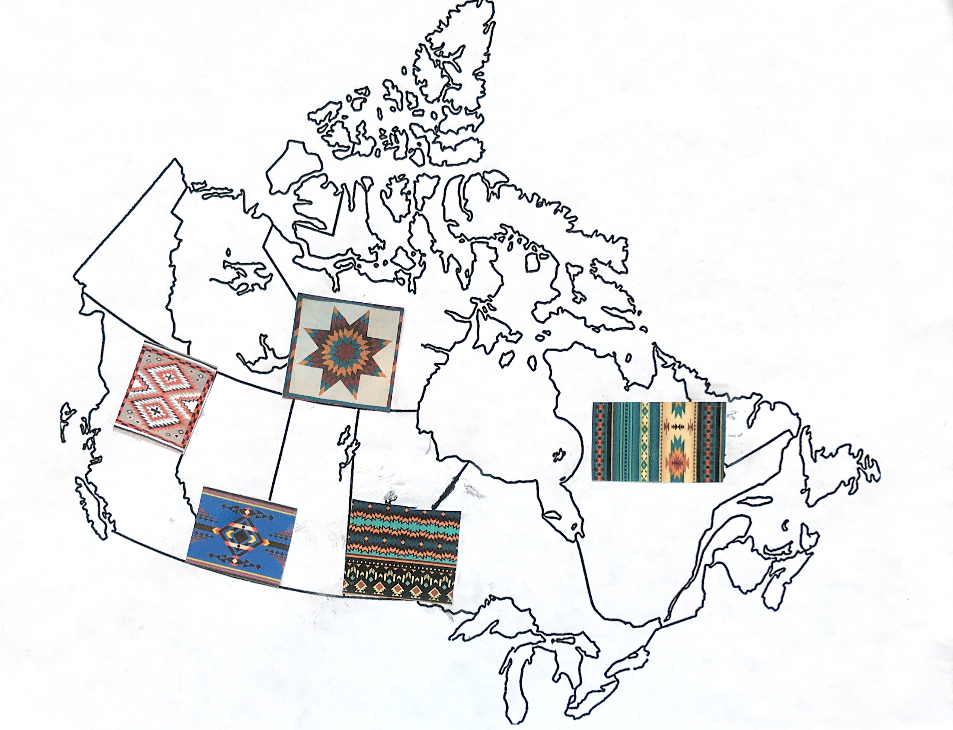Moving forward we need to recognize and understand the Indigenous knowledge and history’s effects in the past and current effects. We need to understand that life is education, and we do not always have the answer(Bearhead, 2020). We need to understand we all have something to offer, even if we show it in different ways. We need to understand we have to restore the damage done, create peace and harmony, and prevent anything similar from ever happening again(Pirbhai-Illich, 2020). Lastly we need to understand that “[r]econciliation is not an aboriginal problem… it involves all of us”(Fedio, 2015).
Aesthetic Representation

Before 
After
The inspiration of this visual came from the Kairos Blanket Exercise I was a part of in high school. In this Exercise blankets were placed all across the ground representing the land the Indigenous roamed before the European settlers came along. As we “time traveled” through history, blankets were slowly taken away and we were left with just a few blankets in the end. Here in my visual I decided to make a collage using traditional Indigenous blankets laid all across Canada representing the land they roamed before European settlers came, and what it looked like years after they arrived. Not only does the missing blankets represent the land that was taken away, it represents the people, culture, traditions, language, rights, family relationship, and economic and social status that were lost as well. All of these factors severely impacted the Indigenous people when the European settlers came along, from the diseases they brought, the treaties they set it in place, the cultural assimilation through residential schools, to the discrimination and racisim that still can be regonzied to this day.